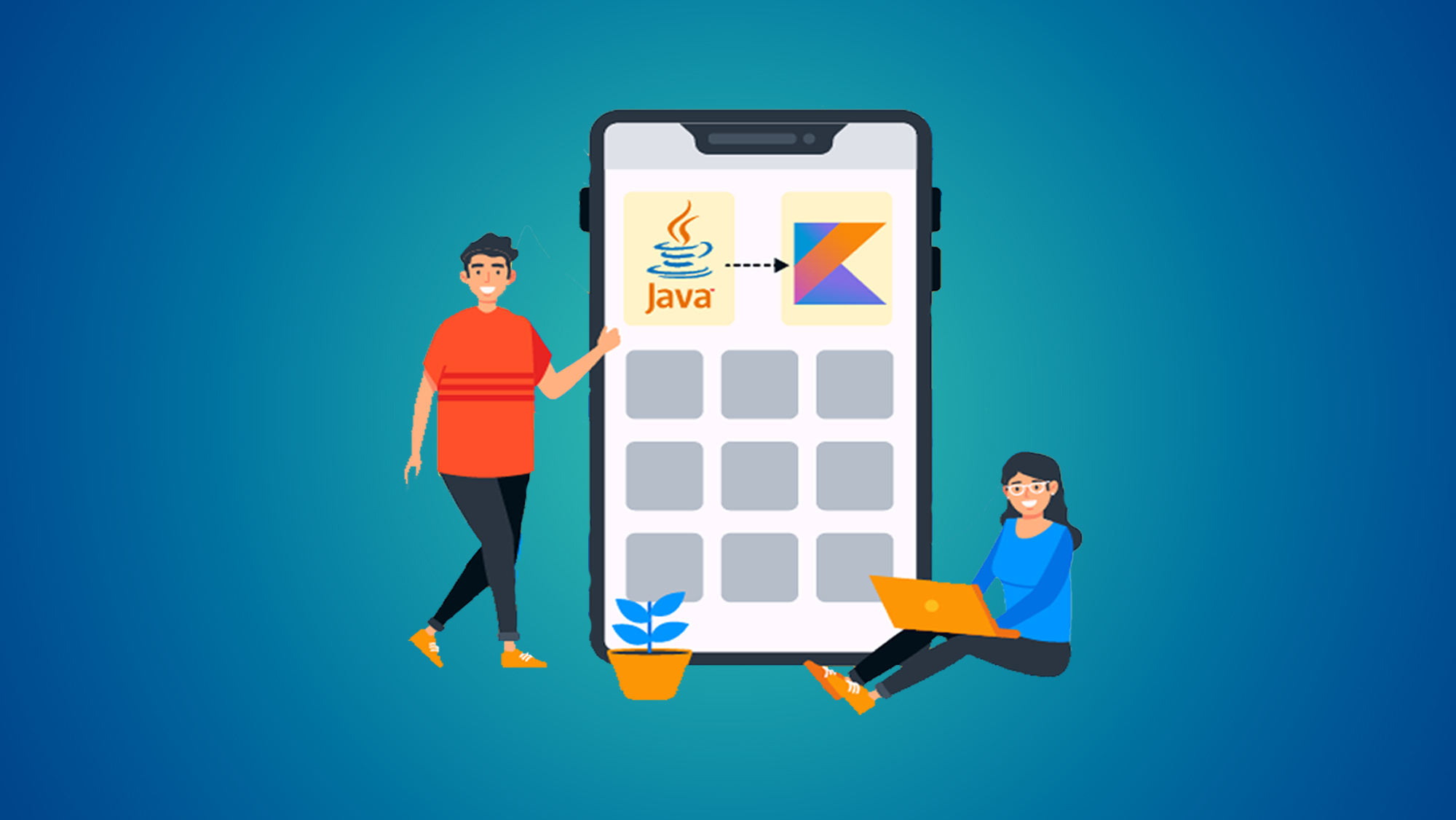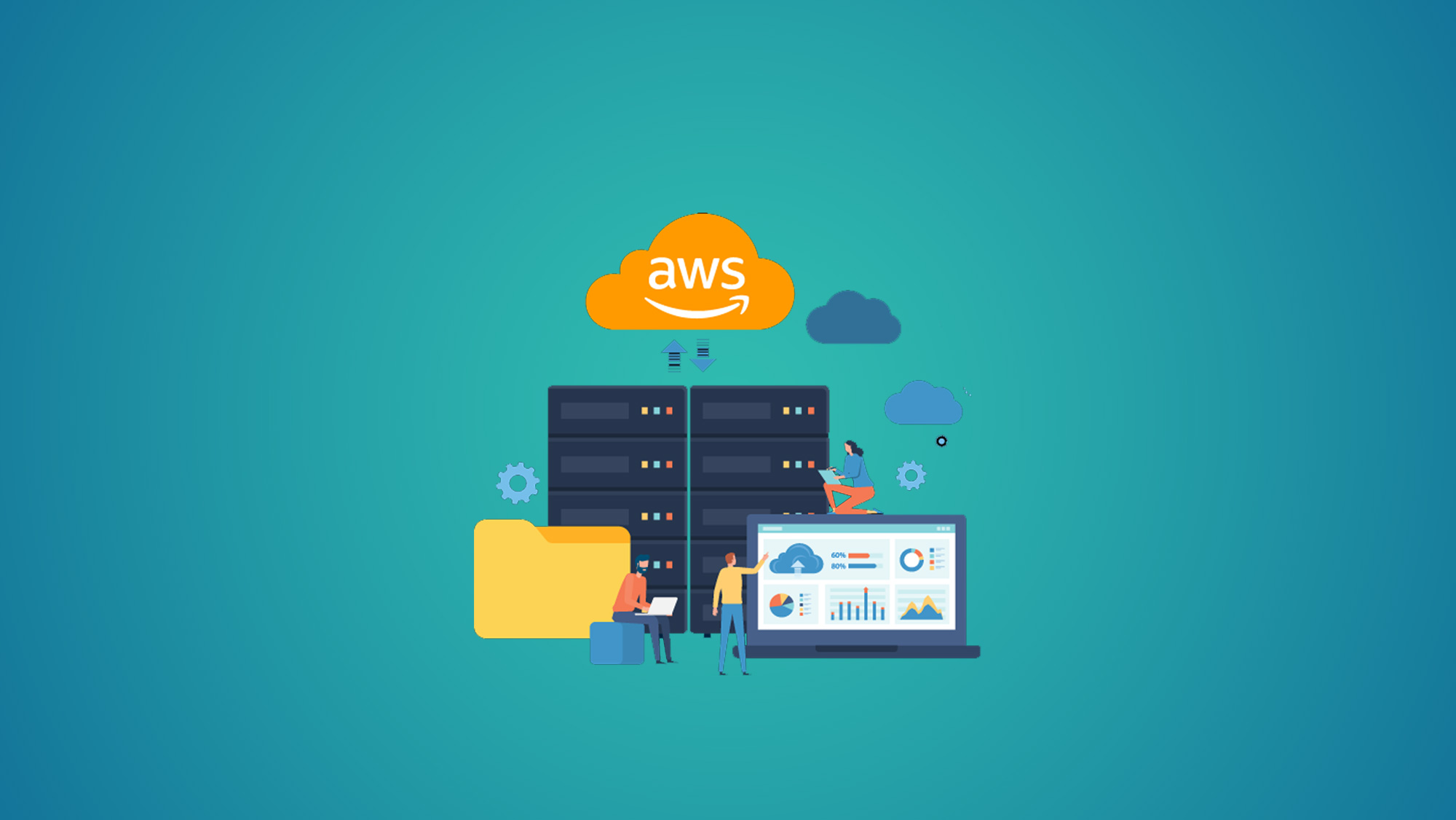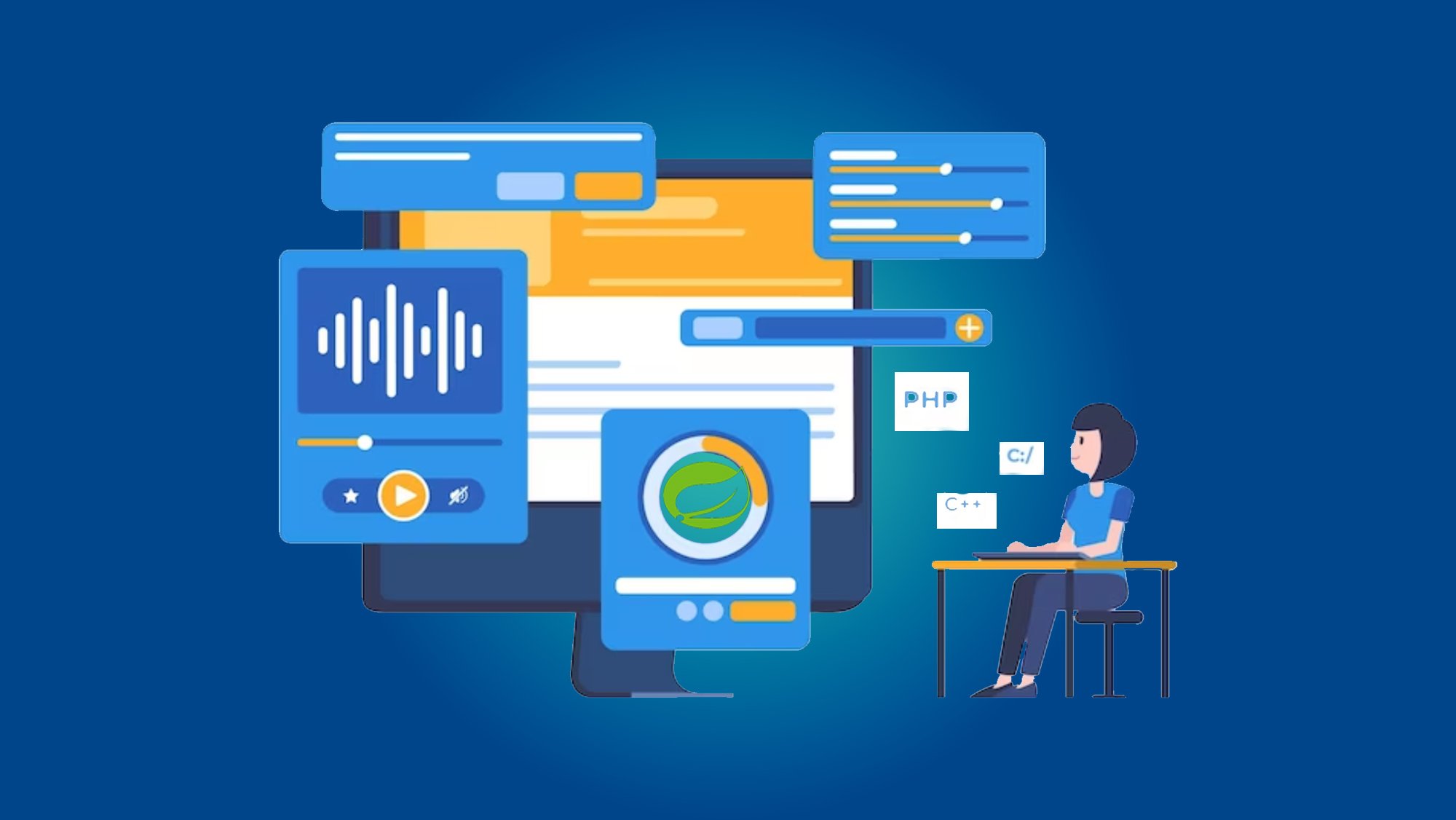Mastering Core Spring: Building Enterprise Apps Guide
Introduction:
Spring, the popular open-source framework for Java-based enterprise applications, has revolutionized the way developers design and build robust applications. At the heart of Spring lies Core Spring, an integral component that provides the foundational features for application development. In this comprehensive guide, we will dive into the world of mastering Core Spring, exploring its essential concepts, best practices, and how it empowers developers to craft efficient and scalable enterprise applications.
The Power of Core Spring:
Core Spring forms the backbone of the Spring Framework, offering key features such as dependency injection, aspect-oriented programming, and the IoC (Inversion of Control) container. These components work harmoniously to simplify application development, enhance code modularity, and promote best practices.
Key Concepts of Core Spring:
1. Dependency Injection (DI):
Master the concept of Dependency Injection, which allows you to decouple components and manage their dependencies externally. Learn to utilize Spring's IoC container to automatically manage the creation and injection of objects.
2. Inversion of Control (IoC):
Understand how IoC empowers you to delegate the responsibility of managing objects' lifecycles to the Spring container. This enhances code maintainability and reduces tight coupling between components.
3. Aspect-Oriented Programming (AOP):
Delve into AOP and learn how to modularize cross-cutting concerns, such as logging, security, and transactions. Utilize Spring's AOP support to enhance code modularity and separation of concerns.
4. Bean Configuration:
Explore various ways to configure Spring beans, including XML-based configuration, Java-based configuration, and annotation-driven configuration. Master the selection of the most suitable approach for your project's needs.
5. Spring Bean Scopes:
Understand different bean scopes offered by Spring, such as singleton, prototype, request, and session scopes. Learn how to choose the appropriate scope to manage the lifecycle of your beans effectively.
6. Resource Management:
Familiarize yourself with Spring's resource management capabilities, including handling resources like files, URLs, and database connections. Learn how to access and manage these resources in a consistent manner.
Best Practices for Mastering Core Spring:
1. Hands-On Coding:
Practical coding experience is essential. Create your own Spring projects, experiment with different configurations, and build real-world scenarios to reinforce your learning.
2. Understanding Design Patterns:
Grasp design patterns like Singleton, Factory, and Proxy, as they are integral to Spring's implementation. Knowing these patterns will enhance your understanding of Spring's architecture.
3. Real-World Applications:
Apply Core Spring concepts to real-world scenarios. Build projects that require dependency injection, AOP, and modularization, such as implementing a logging aspect or a database access layer.
4. Explore Spring Framework Extensions:
In addition to Core Spring, explore other Spring modules such as Spring MVC (for web development), Spring Data (for database access), and Spring Security (for authentication and authorization).
5. Stay Updated:
Spring is an evolving framework. Keep up with the latest releases, updates, and best practices through official documentation, blogs, and community forums.
Building Enterprise Applications with Core Spring:
1. Web Applications:
Utilize Core Spring along with Spring MVC to build web applications. Implement controllers, views, and models using the MVC pattern, and leverage Spring's capabilities for managing components and handling requests.
2. Enterprise Integration:
Integrate disparate systems using Spring Integration. Master techniques for messaging, event-driven architectures, and data synchronization between applications.
3. Database Access and Persistence:
Leverage Spring's JDBC and ORM support (such as Spring Data JPA) to seamlessly interact with databases, manage transactions, and ensure data persistence.
4. Microservices Architecture:
Design and develop microservices using Spring Boot, a project within the Spring ecosystem. Spring Boot simplifies the setup and development of microservices by providing a convention-over-configuration approach.
Conclusion:
Mastering Core Spring is a pivotal step towards becoming a proficient Spring developer. By deeply understanding Dependency Injection, Inversion of Control, Aspect-Oriented Programming, and other core concepts, you empower yourself to build efficient, maintainable, and scalable enterprise applications. Whether you're crafting web applications, integrating systems, accessing databases, or diving into microservices, Core Spring provides you with the solid foundation needed to excel in the dynamic world of enterprise application development.
You May Also Like
These Related Stories

Kotlin Vs Java: Comparing the Pros and Cons for Android Development

Mastering AWS Development: Unlocking the Power of Cloud Computing




No Comments Yet
Let us know what you think